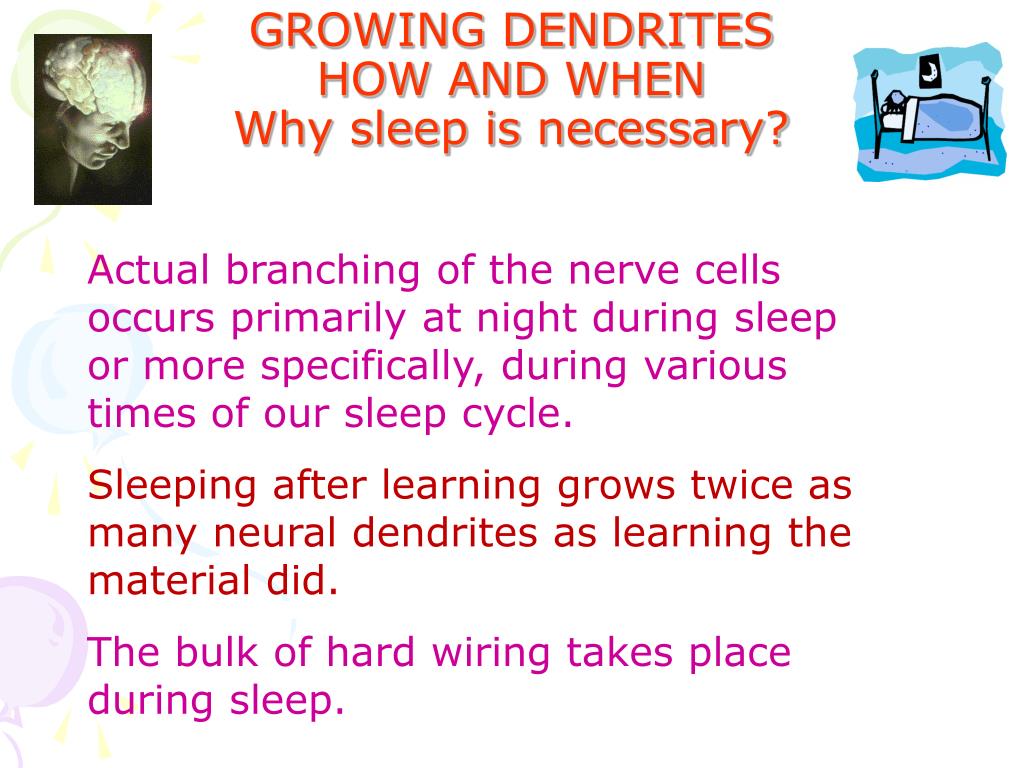
While dendrite injury is clearly clinically relevant, almost nothing is known about whether and under what conditions dendrites Defects in dendrite morphology and electrophysiology are observed early in mouse models of Huntington's disease, afterīehavioral symptom onset but before neurodegenerative cell death begins ( Klapstein et al. Perinatal hypoxia causes simplification of Purkinje neuron dendrites in mice ( Zonouzi et al. Traumatic brain injury, often observed in athletes and soldiers, also can cause dendritic damage ( Gao et al. 2008 Li and Murphy 2008 Murphy and Corbett 2009). Penumbra or peri-infarct, neurons exhibit abnormalities in dendrite shape and architecture such as blebbing and beading ( Hori and Carpenter 1994 Brown et al. After a stroke, in the region adjacent to the site of ischemia known as the Of dendrites grown in response to acute injury, our work builds a framework for exploring dendrite regeneration in physiologicalĭendrites can be damaged by a number of insults. Neurons specifically blocks injury-induced, but not developmental, dendrite growth. Finally, silencing the electrical activity of the Respond less strongly to mechanical stimuli, and are pruned precociously. We found that regeneratedĪrbors cover much less territory than uninjured neurons, fail to avoid crossing over other branches from the same neuron, However, the growthĪnd patterning of injury-induced dendrites is significantly different from uninjured dendrites.

In intact Drosophila larvae, a discrete injury that removes all dendrites induces robust dendritic growth that recreates many features of uninjuredĭendrites, including the number of dendrite branches that regenerate and responsiveness to sensory stimuli. Regeneration have been examined in many systems, but dendrite regeneration has been largely unexplored. Thus, our findings provide a novel link between the E3 ligase and the InR/PI3K/TOR pathway during dendrite pruning.Neurons receive information along dendrites and send signals along axons to synaptic contacts. Activation of the InR/PI3K/TOR pathway is sufficient to inhibit ddaC dendrite pruning.
DENDRITE PRUNING ACTIVATOR
We show that the F-box protein Slimb forms a complex with Akt, an activator of the InR/PI3K/TOR pathway, and promotes Akt ubiquitination. Moreover, we demonstrate that the Cullin1-based E3 ligase facilitates ddaC dendrite pruning primarily through inactivation of the InR/PI3K/TOR pathway. The SCF E3 ligase consists of four core components Cullin1/Roc1a/SkpA/Slimb and promotes ddaC dendrite pruning downstream of EcR-B1 and Sox14, but independently of Mical. Here, we identified a conserved SCF E3 ubiquitin ligase that plays a critical role in pruning of both ddaC dendrites and mushroom body γ axons. However, it is unknown which E3 ligase directs these two modes of pruning.

During Drosophila metamorphosis, dendrite arborization neurons, ddaCs, selectively prune their larval dendrites in response to the steroid hormone ecdysone, whereas mushroom body γ neurons specifically eliminate their axon branches within dorsal and medial lobes. Pruning that selectively eliminates unnecessary axons/dendrites is crucial for sculpting the nervous system during development. Vienna Drosophila Resource Center (VDRC).Korea Drosophila Resource Center (KDRC).Bloomington Drosophila Stock Center (BDSC).


 0 kommentar(er)
0 kommentar(er)
